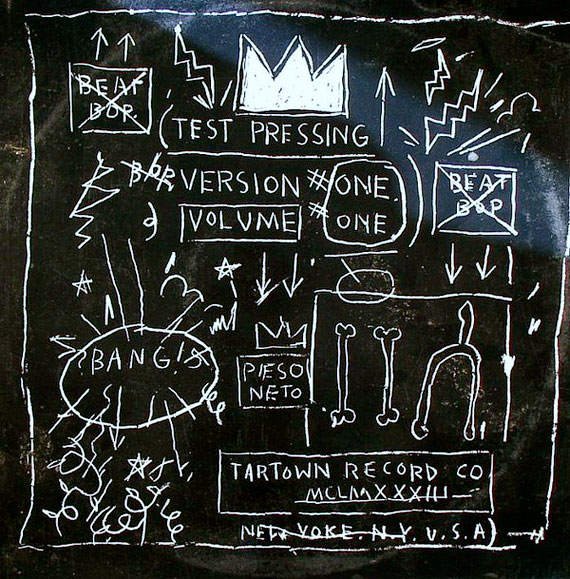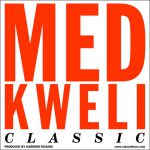Word came yesterday that artist, performer and hip-hop pioneer Rammellzee passed away. We don't know the details, but we're amazed at what he left.
Below …..
CX KIDTRONIK & RAMM:ELL:ZEE "Tricky Dick" (MP3) (Courtesy of Sound-Ink)
Bio by Rachel Lyon
“Beat Bop” 12-inch
Rammellzee, photo by Per Zenstrom
CX & Rammellzee performing in Central Park, photo by Martha Cooper
Rammellzee in Jim Jarmusch's Stranger Than Paradise (1984)
New York artist and performer Rammellzee (born in 1960 in Queens, New York) is credited with being one of the inventors of graffiti art as we know it. Through writing, drawing and painting on subway cars in spray paint and felt-tip pen in the late ‘70s, he became interested in the symbolic value of letters, seeing for example the letter “A” as a pyramid or taking “W” to mean “double-you.” He has continued to explore these ideas through a variety of media ever since, from the paintings that in 1988 Gerrit Henry described in Art In America as having “a Star-Wars-via-Jackson-Pollock look” to the legendary hip-hop single “Beat Bop” that was produced by the artist Jean-Michel Basquiat, and became not just one of the most collectible hip hop releases ever, but a model for generations of witty and experimental musicians after him.
In the mid-80’s, Rammellzee became associated with a group of artists who painted or tagged in a style known as East Village wild style. This was an illegible, dynamic style of writing letters derived originally from the Gothic script of Medieval manuscripts. In 1982, he appeared in the seminal hip hop documentary Wildstyle by Charlie Ahearn. Rammellzee named his style “Gothic Futurism,” describing the battle between letters and their symbolic warfare against any standardizations enforced by the rules of the alphabet. When his style of writing became more mainstream in the world of graffiti, Rammellzee built his letters into flying armored vehicles, bursting forth with a style and philosophy all his own that he termed “Ikonoclast Panzerism.” Jan van Adrichem and Marjin van Nieuwenhuyzen wrote in the catalog for his 1986 retrospective that, as in the biblical story of the city of Babel, in Rammellzee’s system “people do not use language, language uses people; it has become an autonomous force.”
Rammellzee has shown in galleries throughout New York City and Europe. His work is in the collection of the Museum of Modern Art, New York. He performs in self-designed masks and costumes of different characters of his own creation.




